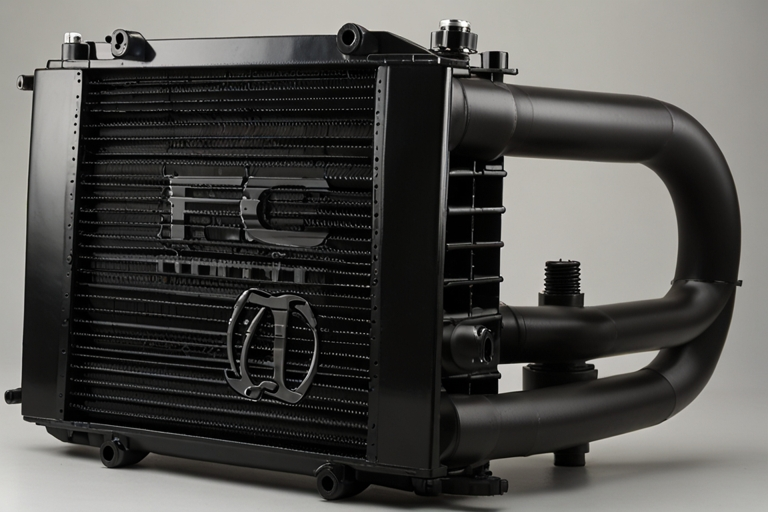
Introduction
Understanding how much water does a dishwasher use is critical for homeowners aiming to optimize household efficiency, reduce utility bills, and contribute to environmental sustainability. With water scarcity becoming a global concern, every drop counts, and dishwashers, a staple in modern kitchens, play a significant role in water consumption. Whether you’re considering purchasing a new dishwasher, evaluating your current model’s efficiency, or comparing dishwashing by hand, knowing how much water does a dishwasher use empowers you to make informed decisions. This article dives deep into the factors influencing dishwasher water usage, compares models, and offers practical tips to minimize waste, ensuring you have all the information needed to balance convenience and conservation.
Why Knowing How Much Water Does a Dishwasher Use Matters
Water usage in dishwashers is more than just a number—it’s a key factor in assessing the appliance’s environmental impact and operational cost. On average, how much water does a dishwasher use varies significantly based on the model, age, and settings. Older dishwashers may consume up to 15 gallons per cycle, while modern, energy-efficient models can use as little as 3 gallons. Understanding how much water does a dishwasher use helps you gauge its efficiency and align your usage with eco-friendly practices. This knowledge also allows you to compare dishwashers against hand-washing, which can surprisingly use more water if not done efficiently.
Factors Affecting How Much Water Does a Dishwasher Use
Several variables influence how much water does a dishwasher use, including:
1. Dishwasher Age and Technology
Older dishwashers, manufactured before the 1990s, often lack water-saving features, leading to higher consumption. In contrast, newer models incorporate advanced technologies like soil sensors and efficient spray arms, reducing how much water does a dishwasher use. For instance, ENERGY STAR-certified dishwashers are designed to meet strict water and energy efficiency standards, often using 3.2 to 5 gallons per cycle.
2. Cycle Selection
The type of wash cycle you choose directly impacts how much water does a dishwasher use. Heavy-duty cycles for pots and pans consume more water than eco or light cycles designed for lightly soiled dishes. Selecting the appropriate cycle can significantly lower water usage without compromising cleanliness.
3. Load Size
Running a dishwasher with a partial load can waste water, as the appliance uses a set amount regardless of the number of dishes. Maximizing each load ensures you’re getting the most out of how much water does a dishwasher use per cycle.
4. Dishwasher Size
Compact dishwashers typically use less water than full-sized models, but they may require more frequent cycles for larger households, potentially offsetting savings. Understanding how much water does a dishwasher use based on its capacity helps you choose the right model for your needs.
5. Water-Saving Features
Modern dishwashers often include features like eco modes, half-load options, and advanced filtration systems, all of which reduce how much water does a dishwasher use. Investing in a model with these features can lead to long-term savings.
Comparing Dishwasher Water Usage to Hand-Washing
A common question is whether dishwashers or hand-washing is more water-efficient. The answer depends on your habits, but studies consistently show that dishwashers, especially efficient ones, use less water. On average, how much water does a dishwasher use ranges from 3 to 6 gallons per cycle for modern models. In contrast, hand-washing can consume 10 to 20 gallons, especially if you leave the tap running. By scraping dishes instead of pre-rinsing and using a dishwasher’s eco cycle, you can minimize how much water does a dishwasher use while outperforming hand-washing in efficiency.
How Much Water Does a Dishwasher Use Across Different Models?
To provide clarity on how much water does a dishwasher use, let’s examine specific categories:
Standard Full-Sized Dishwashers
Standard dishwashers, typically 24 inches wide, use 3 to 7 gallons per cycle, depending on their efficiency rating. ENERGY STAR models fall at the lower end, making them ideal for families seeking to reduce how much water does a dishwasher use.
Compact Dishwashers
Compact or countertop dishwashers, designed for smaller households, use 2 to 4 gallons per cycle. While efficient, their smaller capacity may increase the frequency of use, affecting overall water consumption.
High-End Smart Dishwashers
Smart dishwashers with features like auto-adjusting cycles and water usage monitoring can optimize how much water does a dishwasher use, often staying below 4 gallons per cycle. These models are perfect for tech-savvy users prioritizing efficiency.
Older Models
Dishwashers manufactured before 2000 can use 10 to 15 gallons per cycle, making them significantly less efficient. If you’re using an older model, upgrading can drastically reduce how much water does a dishwasher use and lower your utility bills.
Environmental Impact of Dishwasher Water Usage
The water consumption of dishwashers has broader implications for the environment. Reducing how much water does a dishwasher use contributes to conserving freshwater resources, a critical issue in regions facing drought. Additionally, lower water usage reduces the energy needed to heat water, cutting down on greenhouse gas emissions. By choosing a water-efficient dishwasher and adopting smart usage habits, you can minimize your environmental footprint while maintaining a clean kitchen.
Tips to Reduce How Much Water Does a Dishwasher Use
Maximizing your dishwasher’s efficiency is key to minimizing how much water does a dishwasher use. Here are actionable tips:
- Choose an ENERGY STAR Model: These dishwashers are certified to use less water and energy, typically consuming 3.2 to 5 gallons per cycle.
- Run Full Loads: Avoid running partial loads to ensure you’re using water efficiently.
- Select Eco or Light Cycles: These settings use less water for lightly soiled dishes, reducing how much water does a dishwasher use.
- Skip Pre-Rinsing: Modern dishwashers are designed to handle food scraps, so scraping dishes is sufficient.
- Maintain Your Dishwasher: Regularly clean filters and check for clogs to ensure optimal performance and water efficiency.
- Upgrade Older Models: If your dishwasher is over 10 years old, consider replacing it with a water-efficient model to lower how much water does a dishwasher use.
How Much Water Does a Dishwasher Use in Different Scenarios?
To provide a clearer picture, here’s how how much water does a dishwasher use varies in common scenarios:
- Daily Use for a Family of Four: A modern dishwasher running one full load daily might use 3 to 5 gallons, totaling 90 to 150 gallons monthly.
- Small Apartment with Compact Dishwasher: A countertop model running every other day could use 2 to 3 gallons per cycle, or roughly 30 to 45 gallons monthly.
- Heavy Usage with Multiple Cycles: Households running multiple cycles daily, especially with older models, could use 300 to 450 gallons monthly, highlighting the importance of upgrading to reduce how much water does a dishwasher use.
Cost Implications of Dishwasher Water Usage
Water usage directly affects your utility bills. On average, water costs about $0.015 per gallon in the U.S. If your dishwasher uses 5 gallons per cycle and runs 100 cycles annually, that’s 500 gallons, costing approximately $7.50 per year. However, older models using 15 gallons per cycle could triple that cost. By choosing a model that minimizes how much water does a dishwasher use, you can keep expenses low while supporting sustainability.
Regulations and Standards for Dishwasher Water Efficiency
Government regulations, such as those from the U.S. Department of Energy, set standards for dishwasher water usage. ENERGY STAR certification requires dishwashers to use no more than 5.8 gallons per cycle for standard models and 3.5 gallons for compact ones. These standards ensure that new dishwashers prioritize efficiency, helping consumers reduce how much water does a dishwasher use without sacrificing performance.
Future Trends in Dishwasher Water Efficiency
The future of dishwashers lies in smarter, more efficient designs. Innovations like AI-driven cycle optimization, water recycling systems, and ultra-low water modes are set to further reduce how much water does a dishwasher use. Manufacturers are also exploring modular designs that adapt to load sizes, ensuring minimal waste. As these technologies become mainstream, consumers can expect even greater savings and environmental benefits.
Common Myths About How Much Water Does a Dishwasher Use
Several misconceptions surround dishwasher water usage:
- Myth: Hand-washing always uses less water.
Truth: Efficient dishwashers use significantly less water than hand-washing with a running tap. - Myth: All dishwashers use the same amount of water.
Truth: Water usage varies widely based on model, age, and settings, with modern models using far less. - Myth: Pre-rinsing is necessary.
Truth: Scraping dishes is enough for most dishwashers, saving water and reducing how much water does a dishwasher use.
Conclusion
Understanding how much water does a dishwasher use is essential for making eco-conscious and cost-effective decisions in your home. Modern dishwashers, particularly ENERGY STAR-certified models, use as little as 3 to 5 gallons per cycle, outperforming hand-washing in both water and energy efficiency. By choosing the right model, running full loads, and using eco-friendly settings, you can significantly reduce how much water does a dishwasher use while keeping your dishes sparkling clean. As technology advances, dishwashers will continue to become more efficient, helping households save water and contribute to a sustainable future. Take the time to evaluate your dishwasher’s performance, adopt water-saving habits, and consider upgrading to a model that aligns with your environmental and budgetary goals.


